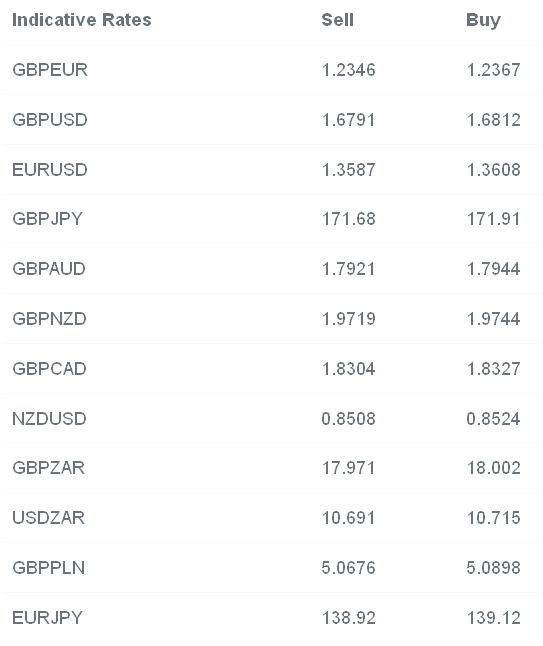With the near-term risk of the European Central Bank out of the way, the story of the currency markets returns to one of ever decreasing levels of volatility. With low volatility comes complacency and, from an investment point of view, an increase in appetite for the riskier portion of the currency spectrum with carry trades benefiting well.
Carry trades are when investors will use currencies with low interest rates for funding purposes and then invest those funds within other currencies that have higher short-term yields. Popular trades before the crash were borrowing in Japanese yen or the US dollar and investing in the New Zealand or Australian dollars and others from emerging markets. The focus at this point in time seems to be currencies such as the Brazilian real, South African rand and Mexican peso with US dollar and the euro the funding currencies of choice.
This strategy, outside of those currencies favoured by investors, tends to leave markets listless and directionless as exhibited by yesterday’s session. Central bank malaise is also to blame; the market remains convinced that the big 3 central banks in the world – the Federal Reserve, European Central Bank and Bank of Japan – are not going to start tightening monetary conditions within their respected economies for at least a year in the Fed’s case and longer for the other two.
With few waves, progress in these trades is steady but, as the old phrase goes, calm seas do not make for skillful sailors. Chatter about the markets running out of steam fly around on a weekly basis and have increased as equity valuations have reached near-record levels.
The news that Spanish bond yields on a 10 year scale fell to their lowest level in history and lower than that of the United States shows just how far out of kilter these markets are. Do you truly believe that Spain is a less risky investment than the US? Spain has seen improvements in the pace of its recovery – in so much that it seems to be recovering now – and yields have adjusted from the levels in 2011/12 that suggested that the Eurozone on the verge of a break-up.
Unfortunately, the main drivers of this move are threefold and belie the initial good sentiment that low bond yields can cause. Firstly, it is a function of the European Central Bank’s “whatever it takes” policy that in essence backstopped European debt and allowed investors to buy at cheaper levels. Secondly, the slow levels of growth and deflation in Spain are at fault here. Inflation increases bond yields as investors ask for higher real returns so it naturally follows that fears over deflation will drag yields lower. Thirdly, US yields are starting to come higher as the recovery sets in further stateside.
Expect to hear similar when Italy's bonds do the same some time in the near future.
Movements in China have become interesting again in the past 24 hours. Yesterday’s good trade data was followed up by the People’s Bank of China cutting the reserve requirement ratio for some selected banks. By reducing the levels of cash, banks are mandated to keep in reserve the authorities are obviously trying to stimulate local lending. Overnight we saw that Chinese inflation had moved higher in May to 2.5% – still below the 3.5% government target – and could form the basis of further monetary easing from authorities. A lower fix for USD/CNY has helped things too and could form the basis of a near-term appreciation for the yuan.
Once again, today’s session is a quiet one although Italian and UK industrial production numbers at 09.00 and 09.30 respectively could give us something to think about in the European session. Both are expected to grow by 0.4% on the month.

